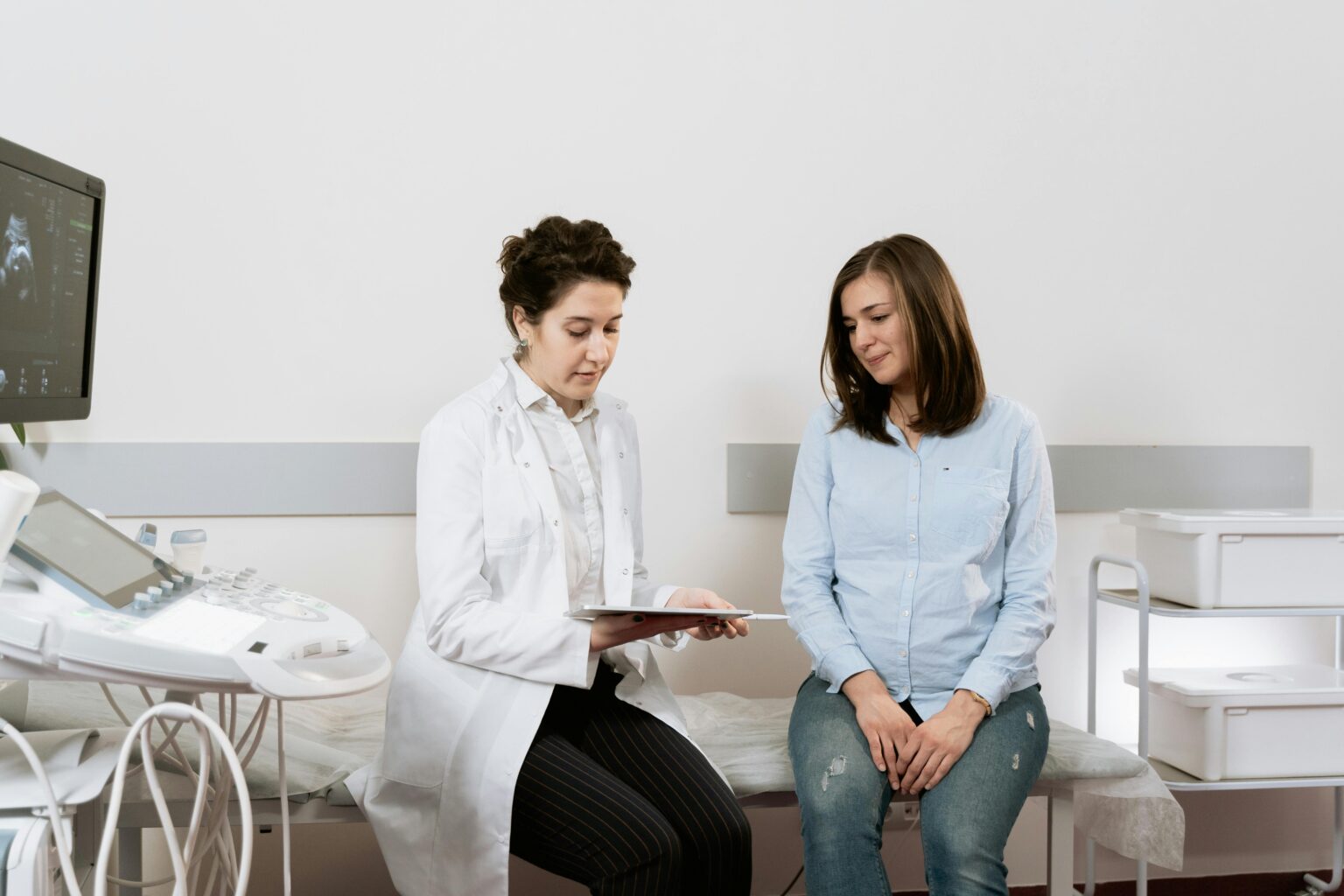Medical devices have revolutionized healthcare, offering innovative solutions for various health issues. However, some devices have had unintended and severe consequences, particularly for women.
From complications to severe health risks, these devices have proven detrimental to many lives. Understanding these issues is crucial for improving medical safety and making informed decisions about health interventions.
In this article, we will explore some of the most problematic medical devices that have backfired on women’s health.
Transvaginal Mesh: A Troubling Failure
Transvaginal mesh implants were introduced to treat pelvic organ prolapse and stress urinary incontinence. Designed to provide support to weakened tissues, these devices were initially hailed as a breakthrough. Unfortunately, the reality has been far different. Many women experienced severe complications, including chronic pain, mesh erosion, and organ perforation.
Drugwatch notes that the transvaginal mesh was once a popular option for treating pelvic organ prolapse (POP), but it’s now banned by the FDA. The FDA found that the risks of using mesh for POP repair outweigh the benefits, largely due to the severe complications reported by patients. Despite this ban, transvaginal mesh is still used for treating stress urinary incontinence (SUI) through sling procedures.
According to TorHoerman Law, there have been a significant number of lawsuits filed against manufacturers of transvaginal mesh implants. These legal actions allege that the companies knew about the potential risks and complications associated with these devices. The legal battles surrounding transvaginal mesh have brought attention to the devastating impact these devices have had on countless women’s lives.
ConsumerNotice.org reports that transvaginal mesh has been at the center of over 108,000 lawsuits in the U.S. To manage this flood of legal claims, seven multidistrict litigations (MDLs) were consolidated, bringing cases from across the country into a single judicial process. The United States Judicial Panel on Multidistrict Litigation assigned these MDLs to the Southern District of West Virginia, streamlining the transvaginal mesh lawsuit.
What is the controversy with pelvic mesh?
The controversy with pelvic mesh centers around its severe complications, such as chronic pain, erosion, and infections. Many patients reported life-altering issues, leading the FDA to ban its use for pelvic organ prolapse. Despite this, the mesh is still used for stress urinary incontinence, causing ongoing debate about its safety and effectiveness.
Fertility Treatments and Their Risks
Fertility treatments, including certain medical devices used in assisted reproduction technologies, have transformed many women’s lives by helping them conceive. However, some of these treatments have been associated with notable health risks. Devices and procedures such as ovarian stimulation injectables and embryo transfer tools can lead to complications like ovarian hyperstimulation syndrome (OHSS).
Additionally, multiple pregnancies resulting from these treatments can increase the risk of preterm birth and other complications. The focus on improving safety and efficacy in fertility treatments is crucial for minimizing these risks and ensuring better outcomes for women.
NIH states that patients who experience OHSS face higher risks during pregnancy. Studies show that these patients are more likely to deliver preterm, with an odds ratio of 2.14, indicating a significant increase in risk. Additionally, their babies are more likely to be small for their gestational age, with an odds ratio of 4.78.
Is fertility treatment harmful?
Fertility treatments can carry risks, including ovarian hyperstimulation syndrome, multiple pregnancies, and long-term health concerns. Some treatments may lead to complications like severe abdominal pain or an increased risk of preterm birth. However, many women benefit significantly from these treatments, making careful monitoring and personalized care essential.
Endometrial Ablation Devices: Hidden Hazards
Endometrial ablation devices are used to treat heavy menstrual bleeding by destroying the uterine lining. While these devices can be effective for many women, they are not without risks. Complications such as uterine perforation, abnormal bleeding, and chronic pelvic pain have been reported.
In some cases, the procedure may lead to scar tissue formation or other long-term issues that affect reproductive health. The risks of endometrial ablation devices highlight the need for careful patient selection, thorough pre-procedure evaluations, and ongoing monitoring to address any adverse effects.
Can endometrial ablation cause problems?
Endometrial ablation can cause issues such as uterine perforation, abnormal bleeding, and chronic pelvic pain. Some women may experience scar tissue formation or other long-term complications affecting reproductive health. While effective for many, these potential problems highlight the need for thorough pre-procedure evaluation and ongoing monitoring.
While medical devices have undoubtedly revolutionized healthcare, some intended for women’s health have resulted in unforeseen and devastating consequences.
The transvaginal mesh debacle exposes a concerning gap between device approval processes and long-term patient well-being. Fertility treatments, while a beacon of hope, necessitate an open discussion about potential health risks.
Endometrial ablation devices serve as a reminder that even minimally invasive procedures require careful evaluation and patient-centered care. Moving forward, stricter regulations, improved clinical trials, and a focus on long-term patient outcomes are crucial to ensuring women’s safety in medical interventions.




